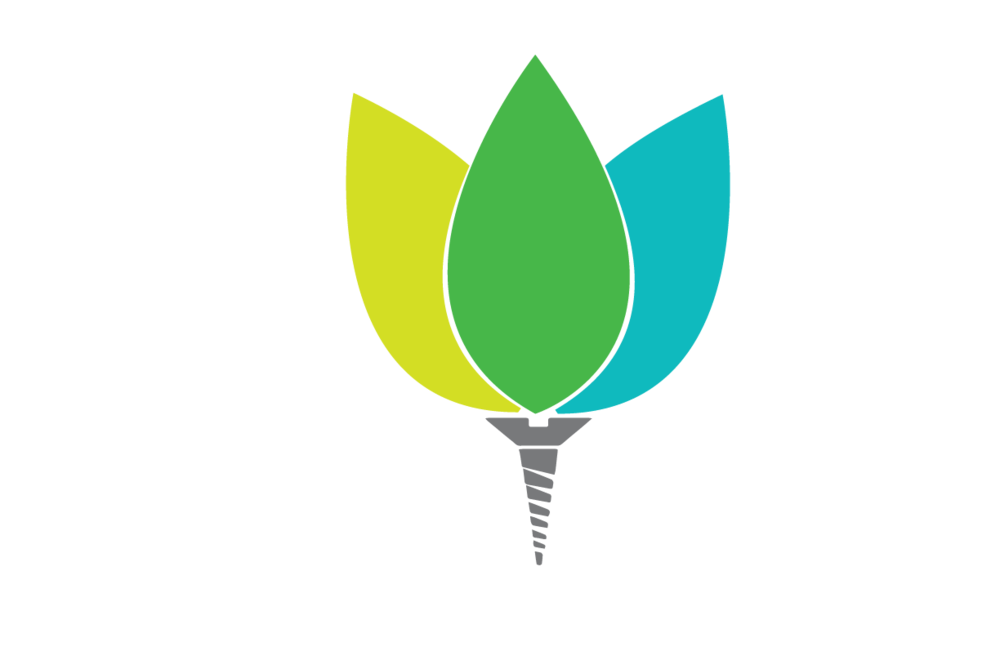SUSTAINABILITY
meeting the needs of the present
without compromising the needs of the future
INTRODUCTION
My passion for sustainability began during my undergraduate architecture program at California College of the Arts. I consumed Bill McDonough’s Cradle to Cradle on an 11-hour flight to Germany. When I landed, it was all I could think about, and all I could talk about. When I returned to college, I did not know how to incorporate the Cradle to Cradle philosophy into my studio work, so I started by taking a site-centered approach to projects. Instead of designing objects, I began to look at social and environmental context for design inspiration. I struggled with this integration, and I still do. But I appreciate that about sustainable design: it doesn’t always come easy.
ABOUT
After graduating from CCA in 2009, I pursued my LEED AP accreditation in Building Design + Construction to prepare for a competitive job market. I worked on a local LEED project to gain professional experience. With a diverse professional background in architecture, engineering and management, I began working for a small management consulting firm on local, heavy civil projects.
For nearly two years, I had the opportunity to work as a sustainability consultant for the program management of a major, local infrastructure project. The San Francisco Public Utilities Commission’s Sewer System Improvement Program utilizes clean and green infrastructure projects to measure and mitigate environmental, social and financial impacts. I was responsible for developing several measurement criteria for its triple-bottom-line framework, including Natural Resource Inputs, Construction Impacts and Ratepayer Affordability. Another criterion, Inter-Agency Coordination, was also developed but not used. Stakeholder workshops played a huge role in the development of these criteria, and the gathering and visualization of this data was of tremendous value to stakeholders. Coordination efforts on this project, and other public projects like the Calaveras Dam Replacement Project and the Anderson Dam Seismic Retrofit Project relied heavily on my custom-designed stakeholder engagement strategies for public outreach and education, risk management and mitigation, and inter-agency coordination at the local and federal levels.
When these public contracts expired, I looked to solar design-build (or EPC, which consists of engineering, procurement and construction) at a German company called Belectric. I helped design and administrate several local and international projects before making my way to my current role in the design coordination and project management of high-end homes. My work in high-end over the last four years has helped me to hone my craft as a design professional and project manager, while also allowing the opportunity to understand the cost and construction of smaller projects. It has also helped me to reframe sustainability at any scale.
In the midst of taking architecture licensing exams, while maintaining my continuing education for LEED, I stumbled upon a graduate program in sustainable design. I had nearly settled on a graduate program in environmental management, as I wanted to gain an understanding of environmental and biological systems s they relate to the built environment. However, as I began to understand the Master of Arts in Sustainable Design at the Minneapolis College of Art and Design, I realized I could make a change in my current work setting in high end residential. I eventually landed at an innovative high-end builder and the work of this builder inspired my thesis. For a complete portfolio of my graduate work at MCAD, please see Graduate Work.
My work at MCAD has also helped me to define my own design principles. Please see them below. For my resume, please click here. For an expanded resume or additional work not shown on this site, please contact me directly.
Personal Design Principles - Michelle Santos 2018
SUSTAINABILITY STATEMENT
Fear-based decision making is fueled by greed, and we know that greed is destructive. It fuels wars and destroys people and places. One solution to fear-based decision making is… curiosity.
Being curious about who we are and what we know, about each other and about our environment… in my opinion honest, trusting curiosity is the only real way to make positive, long lasting change.
Curiosity means having an open mind, listening, and remaining flexible. Curiosity impacts the way we teach, the way others learn, the way we work together, and the way we begin to define success. It’s diverse, it’s inclusive, and it’s the foundation of any successful community.
Inclusion is the foundation of systems theory, and I think it should be the foundation of sustainable design.
I believe in incremental change and the potential for scalability. I believe that tremendous progress can happen with a series of small improvements and that small wins can lead to huge victories. I also believe in everyday sustainability and often ask people, “how are you already sustainable?” It helps people connect with sustainable principles, reward themselves for doing good, and challenge themselves to do better. It makes them more aware of sustainability principles at work in their lives.
I also believe in play, and there is often a playful curiosity to my work. I like to have fun and enjoy seeing others have fun, particularly in the ideation stages of projects, at stressful moments in a project, or as a method to find new solutions.
I believe that by avoiding extremism, or exclusivity, we as sustainability practitioners can appeal to a larger audience, and thus make even more significant progress, together.


